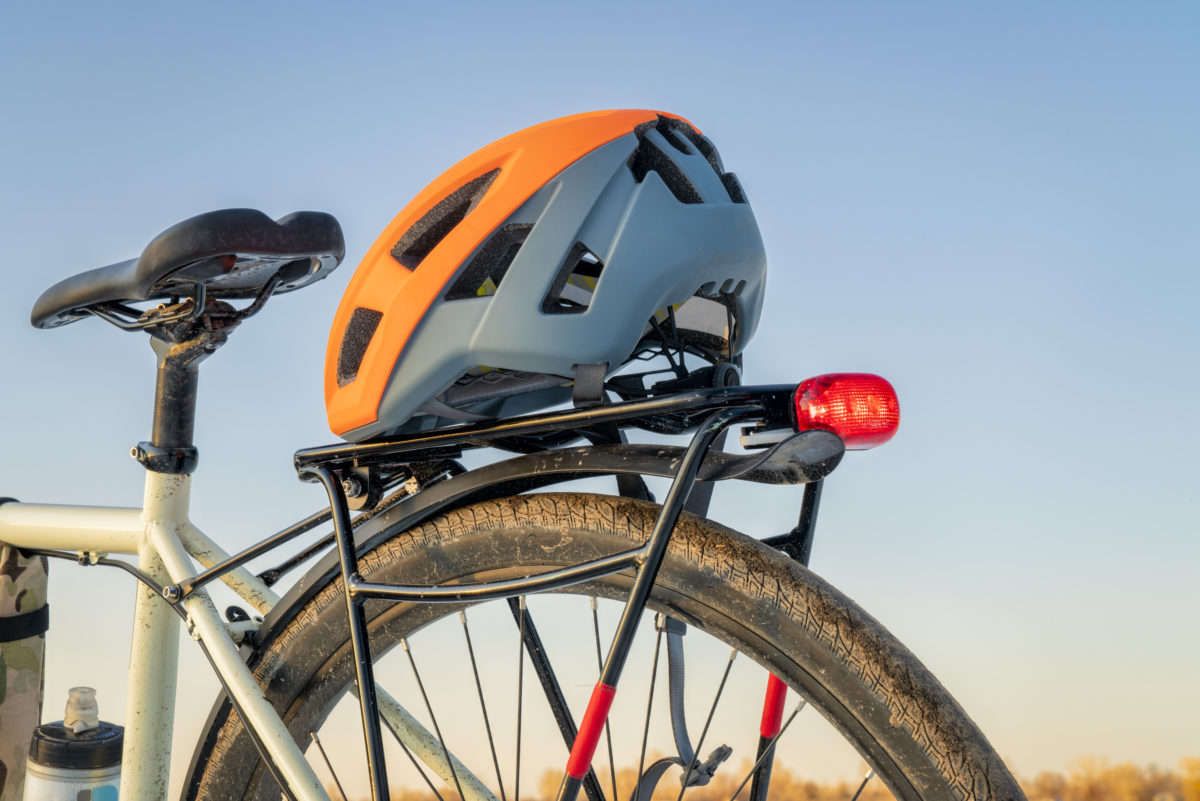
Sun’s Out, Bikes Out — Help Protect Kids From Brain Injuries By Using Helmets
By a Biometrica staffer
Summer is almost upon us and the country seems to be gearing up for a truly lively few months.
With around 39% of the population fully vaccinated and the Covid-19 case count dropping to its lowest level yet since June 2020, Americans are getting ready for a summer spent outside, filled with travel, barbecues and reuniting with family and friends. Kids, especially, after a trying 18 months cooped up inside, are looking forward to summer camps and time spent with their friends before they return to school in the fall.
One activity that saw a resurgence in popularity during the pandemic was bicycling. Bike riding is a great activity to promote among children. Not only is it a good way for them to get fresh air and socialize outside, it is also a dynamic and enjoyable form of exercise. With this in mind, the CDC is once again reminding parents to outfit their children with good quality helmets to protect them against brain injuries.
The statistics around the lack of helmet use and around traumatic brain injuries in children are alarming. Official estimates suggest that almost 500,000 kids visit emergency rooms every year for traumatic brain injuries, including concussions. About half the brain injuries in kids is due to falls, which can include injuries sustained while biking. In fact, one study found that 45.7% of biking injuries involved children between 10–14 years of age.
A traumatic brain injury to a child is worth worrying over, as it may affect their development going forward. It can also affect their ability to play sports and participate fully in other school activities. According to the CDC, a traumatic brain injury may lead to a child experiencing “changes in their health, thinking, and behavior that affect learning, self-regulation, and social participation,” which, of course, have long-term impacts. While it is true that injury rates have been declining, biking is still a significant source of injury for children.
One of the easiest ways to help lower the risk of brain injuries among children is to give them a helmet. The use of good helmets “has demonstrated significant protective effects” and can markedly reduce the likelihood of head and neck injuries. In fact, according to some estimates, just wearing a properly fitted helmet can bring down the risk of head injuries by at least 45%. Despite this, however, it does not seem to be common practice for children to wear helmets. By some estimates, less than 50% of children under the age of 14 regularly wear a bike helmet.
The CDC recommends that children consistently and always use well-fitted, certified helmets that are appropriate for their age. In addition, any helmet that has been involved in a serious crash or that is showing signs of damage must be replaced. Parents are also encouraged to teach their children the importance of wearing their helmets, in addition to following other safety laws and etiquette.
The CDC has also made available to parents a free app, on both the iOS App Store and the Google Play store, that helps them diagnose a possible concussion and what steps to take in the event of one. It encourages parents to learn the symptoms of a brain injury and monitor their children’s behaviour after a fall, so that they are ready to respond in a quick and efficient manner to any signs of trouble. The app also provides guidelines on how to properly fit and wear a helmet.
While it is true that no helmet is fully concussion-proof nor can it entirely remove the risk of a brain injury, all research and evidence seems to point to the fact that wearing a properly fitted helmet can help mitigate and minimize the risk of a child suffering a serious brain injury.